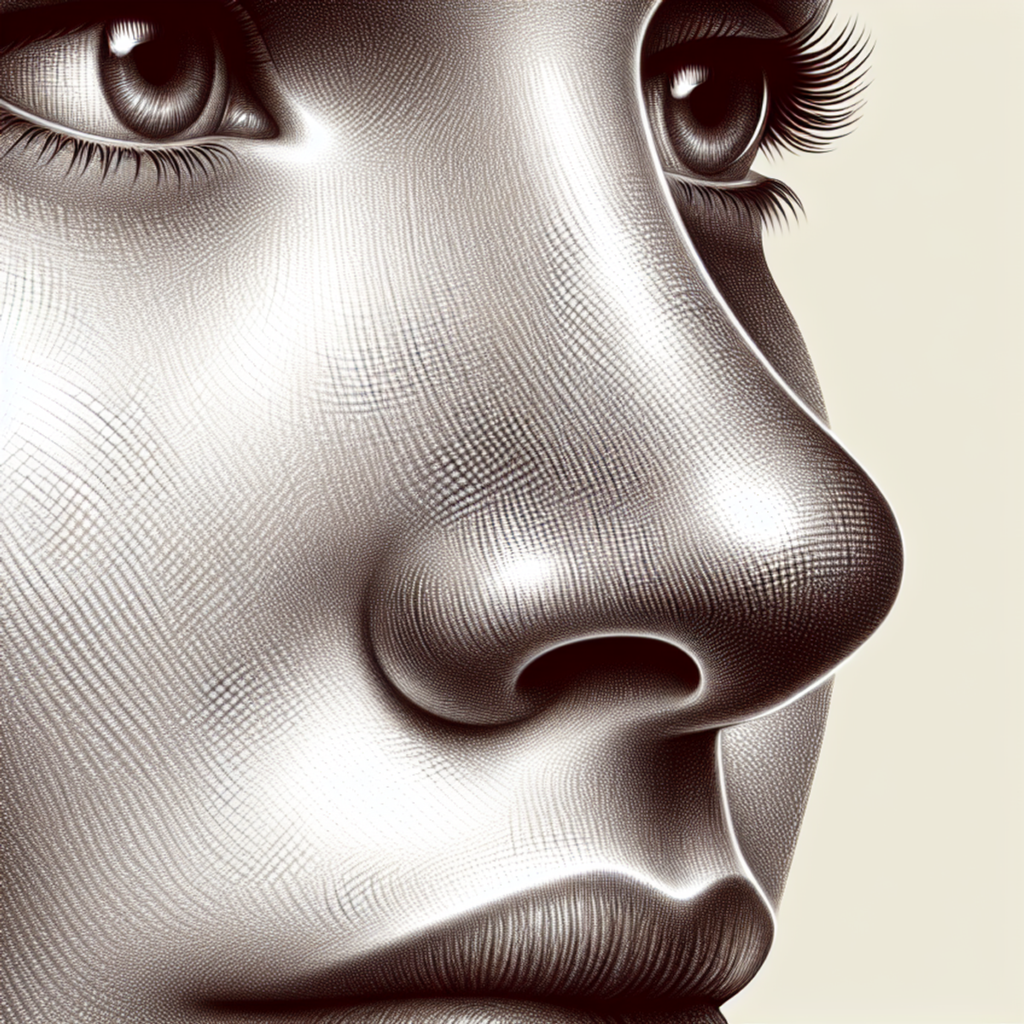Curvature (deformation) of the nasal septum is a persistent deviation of the nasal septum in one or both sides of the midline, as a result of which nasal breathing is disturbed, which entails a number of serious diseases. This pathology is one of the most common diseases of the nasal cavity. According to statistics, the curvature of the nasal septum affects half of the adult population, and in men, it occurs more often than in women.
The diagnosis can be established only after consulting an otorhinolaryngologist, which includes examination (anterior rhinoscopy), anamnesis, as well as additional methods of investigation.
There are a number of reasons for the formation of curvature of the nasal septum.
Physiological curvature
This cause of curvature is the most common. Since the nasal septum consists of bone and cartilage, during the constant growth of the facial skeleton, often non-simultaneous, there is an uneven growth of these tissue structures, i.e. there is an advance or lag of one part from the other.
Curvature due to nose injuries
It occurs due to birth injuries, microtrauma in falls, injuries in fractures of the external bones of the nose and occupational injuries (mainly in athletes).
Curvature caused by other diseases
Gradual curvature of the nasal septum can occur in various diseases of the internal structures, such as polyps of the nasal cavity, hypertrophy of the lower nasal shells, foreign bodies (compensatory curvature). In various common diseases (e.g., rickets and syphilis) may soften the bone, which can lead to a tug and lag in the growth of the structures of the nose.
The symptoms of the deviated nasal septum
The main symptoms of nasal septum curvature include the following:
Difficult nasal breathing (partial or complete). It all depends on which way the partition is curved and in which Department. Very often, patients do not feel the lack of nasal breathing, as there is a gradual adaptation of the body to this volume of breathing.
Frequent inflammatory processes in the paranasal sinuses (sinusitis). This is due to violations of aeration in the nasal cavity and paranasal sinuses, complications of the free flow of air, violations of the outflow of the contents of the secret from the sinuses and its stagnation, and thus create favorable conditions for the growth of pathogenic microflora.
Snoring and OSA (obstructive sleep apnea-hypopnea syndrome). In case of violation of nasal breathing, the person adapts and begins to open his mouth during the deep phase of sleep, in connection with which there is a vibration of the tongue of the soft palate and the noise effect. Snoring itself is not as scary as stopping breathing, which can happen.
Dryness in the nose and mouth. There is a violation of such important processes as purification of the inhaled air, its warming, and humidification.
Changes in the shape of the entire nose. In the formation and growth of the skeleton of the face can occur “tug” of the nose (often the tip).
Common systemic diseases; hypoxia, anemia, nervous fatigue due to lack of sleep.
Frequent exacerbations of pharyngitis. Their appearance contributes to the problem of the oropharynx and the emergence of the subsidiary of mouth breathing. Since the air enters the pharynx untreated and waterlogged, then gradually irritation and drying of the mucous membrane. It also spreads to the lower respiratory parts.
Nosebleed: On the side where the bulge is located on the nasal septum, the mucous membrane is highly thinned, so even with the little impact it is easily damaged.
Pathogenesis of nasal septum curvature
Initially (from birth) the nasal septum is not integral: it consists of separate Islands of cartilage tissue. After, in the process of growth, these Islands begin to ossify and combine into a bone-cartilaginous skeleton, which becomes a support to the back of the external skeleton of the nose. However, the formation may fail due to injury or another causal; there is an overlay of Islands on each other and the curvature of the emerging nasal septum, preventing free nasal breathing.
The resulting curvature of the nasal septum entails a change in the movement of air through the nose (air flows). This, in turn, leads to constant irritation of the nasal mucosa, maxillary sinuses, and nasopharynx, resulting in swelling of the mucous membrane and narrowing of the nasal opening, maxillary sinuses, and Eustachian tube.
With the slow and gradual development of the deviation, a person does not feel that breathing is difficult, due to the addiction to this type of violation.
Classification and stages of development of nasal septum curvature
There are different classifications of nasal septum curvature.
In the usual classification following the curvature of the nose:
- Deformation of the nasal septum
- Comb partition
- Bulkhead spike
- Deformation of the anterior (cartilaginous) or bone part of the nose
Treatment is possible only by surgery (in an emergency or planned order), there is no alternative to it.
The operation is called septoplasty. It İs performed endonasally without incisions on the face skin. The operation consists in extracting, modeling (straightening) and reverse replanting the part of the nasal septum that has been curved. In this case, the mucous membrane is preserved.



